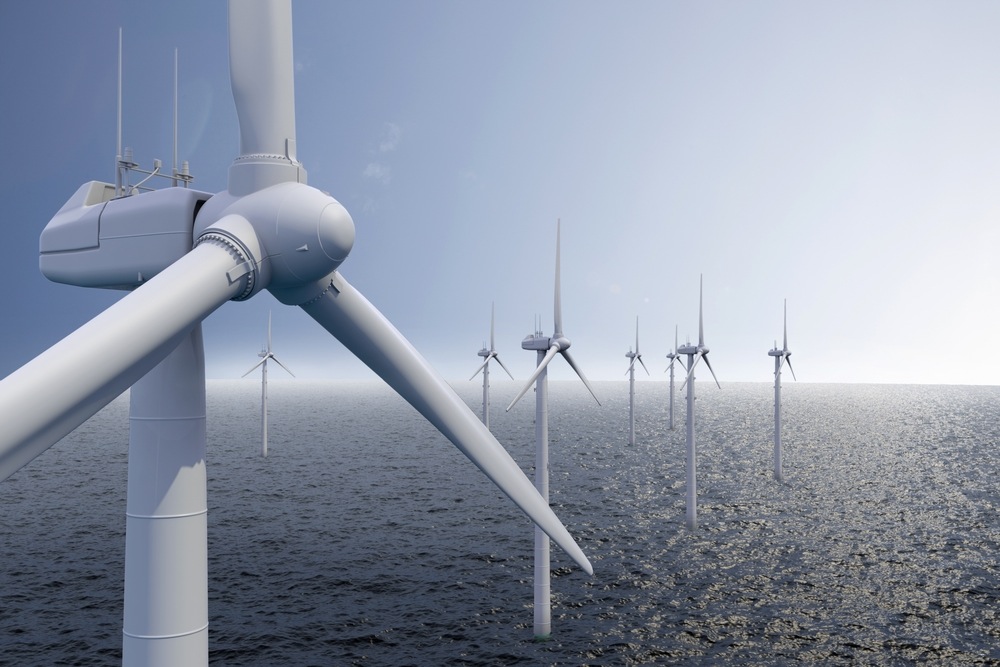Clean energy advocates aren’t usually excited by the sight of energy infrastructure off their coastlines, but the barges floating beyond Block Island, R.I., are different. The envoy of crane ships and flatboats are preparing the site of a new offshore wind farm, set to launch after the turbines are installed next summer. Though it will be small by wind farm standards — only five turbines — it will power 17,000 homes when complete.
The Block Island project, by offshore wind developer Deepwater Wind, follows on the heels of Fisherman’s Energy breaking ground on a wind farm off the coast of Atlantic City, N.J., last December. While Scandinavian countries like Denmark and Norway have recently proven the viability of the technology and infrastructure necessary to build an offshore wind farm, there are currently no permanent offshore farms in the United States. One of the problems: the price tag.
“There are many good reasons why offshore wind has not been yet developed while other renewables have in the U.S.,” chiefly its high cost, said Paul Bledsoe, an energy consultant based in Washington and former climate adviser in the Clinton White House. “However, we’re still at a point where we have less than 10 percent renewable energy and if we are going to increase that number dramatically to somewhere near some of the major European countries, offshore wind will almost surely be part of that mix.”
That will take time. When the first offshore farm was built, in Denmark in 1991, developers were not thinking that it would suddenly become a mainstream form of energy, said Michael Hannibal, chief executive of the offshore division at Siemens Wind Energy, which supplied the turbines for that first plant. It took about a decade of testing and planning — and putting in place a set of programs and generous subsidies — for the market to begin taking off in Europe.
The U.S. mostly subsidizes wind energy via a mechanism called the production tax credit (PTC), which, unsurprisingly, provides tax breaks for wind farm production. Offshore farms are especially expensive, though: The radically different infrastructure can cost up to twice as much as onshore wind. The Block Island farm, then, will offer a case study in whether or not the ostensibly sustainable offshore energy can in fact be sustainable in the U.S. regulatory environment. Either way, Obama administration targets state that we’re supposed to hit 20 percent wind energy by 2030. Time to get those turbines turning.



